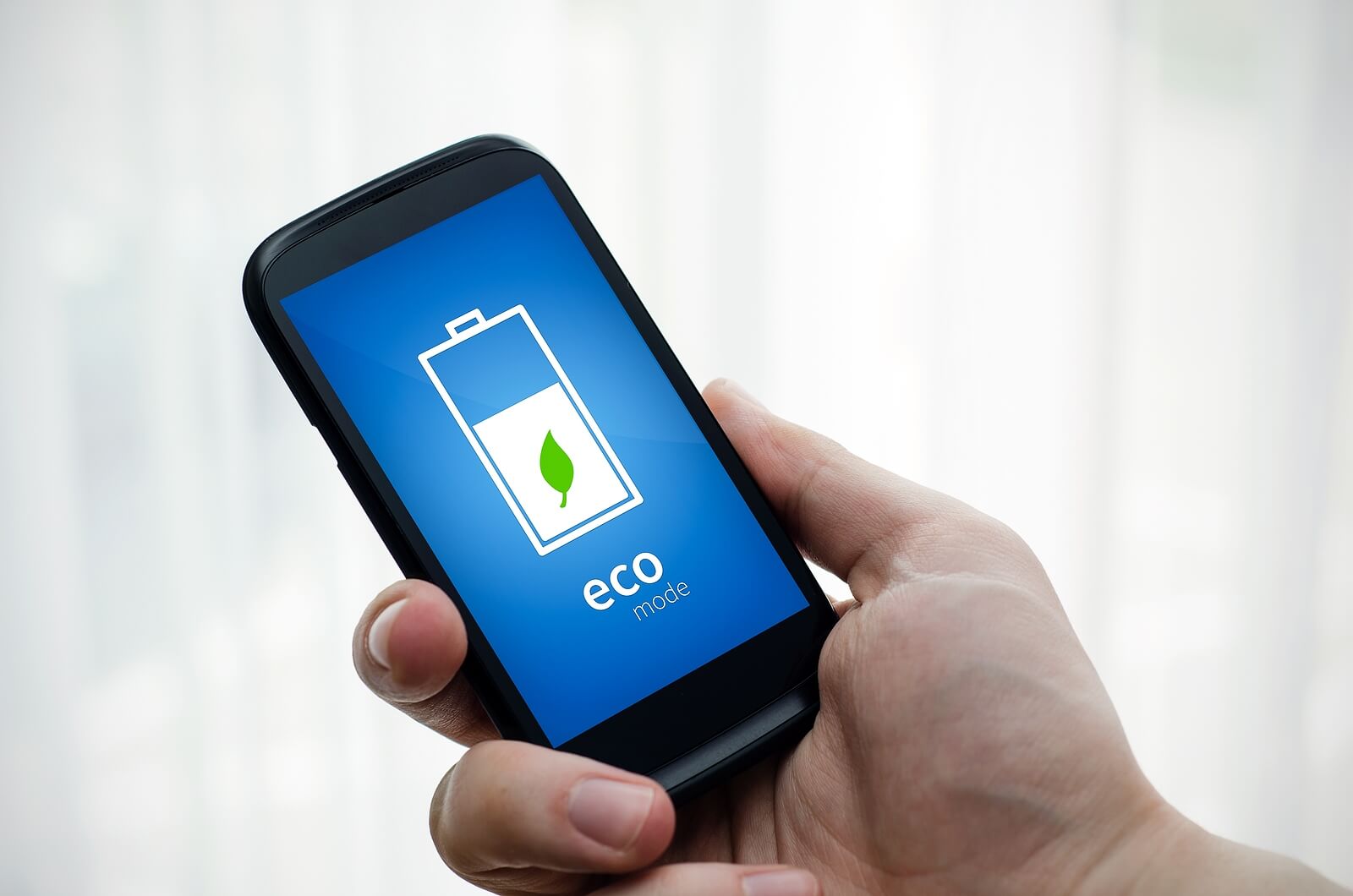The digital revolution has enabled countless positive changes in business regarding the environment and the reduction of CO₂ emissions.
However, as the world becomes increasingly digitised, every individual and business must recognise the impact their online activities have on the environment.
Every time you send an email, upload a photo to your website, or replace broken technology, you contribute to your digital carbon footprint and climate change.
Fortunately, there are steps you can take to reduce your company’s digital impact on the world, boost your corporate social responsibility, and enable a more sustainable future.
Let’s put ourselves in someone else’s shoes and define a digital carbon footprint before exploring simple ways to reduce it.
What is a digital carbon footprint?
Most people have heard of a carbon footprint, but attention has only recently turned to the energy used by technology.
A digital carbon footprint is the greenhouse gas emissions a group of digital devices produces.
Government research found the annual environmental footprint of a user of the average company’s IT system is roughly equivalent to the air pollution of a 1,926-mile car ride (around 788kg of CO2).
The Shift Project’s research found that digital technologies account for 3.7% of global emissions.
These statistics are a stark reminder that our digital actions can negatively impact the planet, and how our digital carbon footprint contributes to our general carbon footprint.
How to reduce a digital carbon footprint
Now you know what a digital carbon footprint is, you’ll no doubt be wondering how to reduce yours.
We’ve gathered some great tips for lessening your business’s digital impact on the planet.
Optimise device settings

A great place to start with reducing your digital carbon footprint is to optimise your device settings, as you’ll only need to do this once.
Conserve energy by adjusting your devices’ brightness and sleep settings and enable power-saving modes on all laptops, smartphones, and tablets.
Make a surprising difference by unplugging chargers from wall sockets, as this prevents phantom energy consumption — you may even notice a slight difference in your energy bills.
Maintain your technology
Take good care of your technology and get it repaired when it’s broken rather than replacing it.
E-waste (or WEEE) is a growing waste type, so it is crucial to avoid creating it whenever possible.
Not only is the waste an issue, but so too is the energy required to make technology in the first place, alongside the packaging and shipping of it. By repairing technology, you avoid doubling this energy.
Fixing old tech can be more expensive than replacing it with a new version, but the environmental cost is significantly reduced.
If you have any broken electronics that can’t be fixed, ensure you recycle them. Local recycling centres take e-waste, and some manufacturers provide recycling for their products — check the manufacturer’s website for details of individual recycling schemes.
Clear out your inbox
Three-quarters of Brits are unaware of the carbon implications of their email inbox, yet every email produces one gram of carbon.
OVO Energy found that the UK could reduce its carbon output by over 16,433 tonnes annually if every resident sent one less email daily — the carbon equivalent of 81,152 flights to Madrid.
So, next time you go to click ‘send’ on an email that only says, “Have a great weekend”, think again.
Old emails in your inbox also use energy, so set aside time to delete any emails you don’t need to keep and ask your team to do the same.
Organise your cloud
While the cloud is a wonderful alternative to paper printouts in the office, it’s crucial to keep your cloud organised and not use it as somewhere to dump all files regardless of importance.
The danger with the cloud is that with multiple users, files and folders can end up duplicated in various locations, and, often, nobody is monitoring what gets saved there.
Nominate an employee to run a monthly check on your cloud-based document management system and clear out any files the business no longer needs.
Optimise your website
Website optimisation is beneficial for site visitors and search engine performance but is also a lesser-known method of reducing your digital carbon footprint.
Wholegrain Digital found that the average webpage produces 1.76 grams of CO2 per page view, which can soon result in a significant amount of greenhouse gas.
Actions you can take include:
- compressing your site’s images
- improving or deleting poorly-performing pages
- improving accessibility through alt text and headers.
You can also switch to a greener hosting provider.
If you need help with this task and would like more recommendations, consult a reputable search engine optimisation (SEO) agency.
When using the internet, ensure you and your team utilise bookmarks, saving you from repeatedly searching for the same things.
Choose quality over quantity in digital marketing
Channel 4’s current affairs show, Dispatches, discovered the average Instagram post by footballer Cristiano Ronaldo uses the same amount of energy as ten houses do in one year.
An average Instagram post by footballer Cristiano Ronaldo uses as much energy as 10 houses do in a year.#Dispatches takes a look at the environmental cost of social media, and asks: Are your posts killing the planet? pic.twitter.com/gyo6oxqKWq
— Channel 4 Dispatches (@C4Dispatches) November 16, 2020
Your company’s social media channels may not have 584 million followers like Ronaldo’s, but every online action has a carbon impact, and small actions lead to significant differences.
Companies that don’t understand social media or email marketing tend to post and email more frequently. If you’re guilty of this, book some training for yourself and your team and focus on quality over quantity in the future.
Reduce your video calls
Video calls provided the perfect communication solution during the early days of the COVID-19 pandemic, and thanks to a rise in remote working, they are still in high demand.
Before the pandemic, video calls were already soaring in popularity due to businesses’ increasing awareness of the climate crisis and alternatives to business travel.
Unfortunately, video conferencing carries a carbon footprint, but there’s good news, too — the solution is simple.
Switch off your camera during calls whenever you and your employees can, as this makes a huge difference.
The more call participants, the larger the carbon footprint, so try to limit calls to those colleagues who must attend.
Reduce online shopping
Online shopping is quick and easy, but from an environmental point of view, there are massive servers, delivery emissions, packaging, and returns to consider.
Source local suppliers wherever possible — not only will you avoid all the issues above, but you’ll also boost the local economy.
If your business is in the retail sector, discuss your environmental wishes with current suppliers and switch to new suppliers where necessary.
Continue your environmental learning journey with our blog post about reducing waste in the office.
